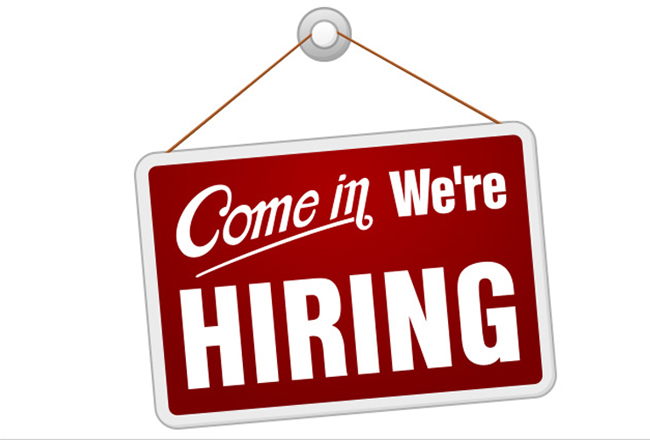For the last 12 months, manufacturing and distribution (“M&D”) companies have been contending with the COVID-19 crisis. While some have succumbed to massive layoffs, furloughs, or shutdowns, others have managed to survive, or even thrive. As companies look ahead to normalcy again, it is important to understand that normalcy may not be what it once was. It is even more important to understand how some were able to succeed during the crisis, while other companies did not.

Adapting to the COVID-19 Environment
It is well documented in human history that those who have survived have demonstrated an aptitude to adapt to their environment and surroundings. Adaptability is vital for any form of success. So, how have M&D companies adapted to the COVID-19 environment in order to succeed? Studies have shown a strong correlation between a company”™s success, its investment in technology, and willingness to change, including adapting its product line to fit current consumer needs.
Product Offerings and Customer Demands
The pandemic has proved that this is not a time for companies to rest on past achievements or remain idle waiting for the pandemic to end. Companies that have done well during the crisis did so because of product innovation or ability to transition into other business segments.
Consumer-buying behavior is ever changing and product demand is highly variable. During the pandemic, many M&D companies evaluated their product line. Difficult decisions were made to either pause development of new product ideas, or discontinue manufacturing products that were not selling as well or not as profitable. Companies did this in order to streamline their product offerings and devote resources to what was going to help the company get through these uncertain times. However, ”˜addition by subtraction,”™ is not the only method for success. In some cases, companies are able to pivot into other business segments and introduce new products or services because that is what the consumer needs. As a result, this can lead to new revenue streams, new customer bases, and overall revenue growth for companies that are able to capitalize on this unique opportunity for new business. Examples of business pivots we have seen are (1) an electronics manufacturer/retailer focusing on the distribution of hardware, software, and technical support for virtual work and virtual school environments, as there is an increased demand for this, and (2) 3DHQ, a printing company, is printing 3-dimensional parts for personal protective equipment used by frontline employees in hospitals.
Technology
While the importance of technology was recognized well before the pandemic, in recent months, there has been an increased focus in the M&D industry. Companies are investing resources in various forms of technology to support their businesses, including e-commerce, process automation, and digital transformation.
It is clear that shopping will never be quite the same. With the decline in brick-and-mortar sales, e-commerce has never been more crucial. E-commerce has grown exponentially since the pandemic began. Companies that have learned to embrace this alternative way of selling to customers are experiencing sustainability and growth in revenue, and even earnings, during the pandemic. A well-developed online store gives the company an opportunity to continue to connect with its consumers and create a customized shopping experience. Companies are still able to communicate virtually with their audience, which is critical during a time when there is no physical store. Those that have effectively set up e-commerce can influence the spending patterns of its consumers.
Automation is another aspect of technology that companies are investing in and have seen grown at an accelerated pace during the pandemic. A key factor for making such an investment is that the return on the investment in automation is almost instantaneous. For instance, once a new automation process is in place, the automation allows the company to reduce the time spent on costly manual tasks, and the work performed is quicker and with less error. Many companies are deploying automation processes in warehouses and manufacturing plants to help reduce the workplace density and save costs, while trying to keep up with the production to meet consumer demand.
Lastly, companies are investing in digital transformation. The integration typically changes how a company conducts its business, how it operates, and the value they deliver to their customers. Digital transformation has already begun for numerous M&D companies during the pandemic, through the increased use of digital channels such as company websites, e-commerce sites, digital media, and mobile apps. Companies need to adopt, execute, and periodically evaluate a digital plan- especially as their business evolves. There is no doubt that consumers have already migrated to digital through the use of mobile devices and apps. Therefore, it is up to companies to bring their digital channels up to the level of their competition and/or introduce new digital channels to connect with consumers. There is much information to gain about consumers by leveraging advanced analytics and extracting customer data. Such consumer information may include: (1) spending habits, (2) product demands, (3) customer needs and interests, etc. Data should be evaluated on a regular basis to detect changes or signal in upcoming changes, which can be crucial to a company reacting timely and delivering the products consumers are looking for.
These are unprecedented times for the M&D industry and there is still a lot to figure out. What we do know, is that a company needs to strive for a certain level of sophistication when it comes to technology and should consider the needs of the consumer when determining its product offerings. There is plenty of opportunity for growth if a company can do these things – they will not only survive the pandemic, but may also thrive.
About the Author
George Guzman is an audit director in Citrin Cooperman”™s White Plains, NY office with over 14 years of experience providing audit and assurance services. George works with clients in many industries, with a particular focus working with manufacturers and distributors, financial services clients and employee benefit plans. George”™s clients range from privately-held, middle-market firms to larger, complex, multi-national organizations. He works closely with his clients to meet their financial reporting needs and to ensure compliance with financial reporting requirements. George can be reached at gguzman@citrincooperman.com.
Citrin Cooperman is a full-service accounting and advisory firm with 18 domestic and international locations. Visit us at citrincooperman.com.

















